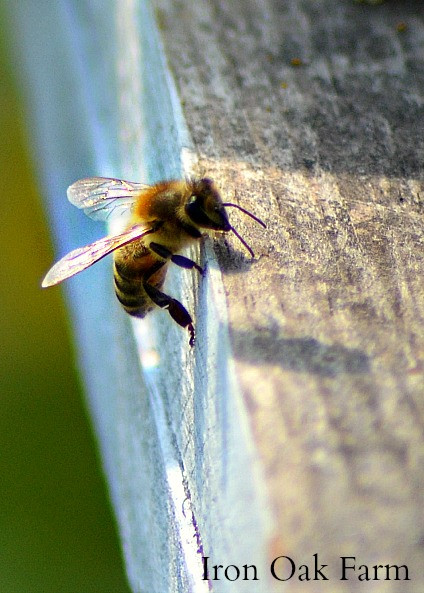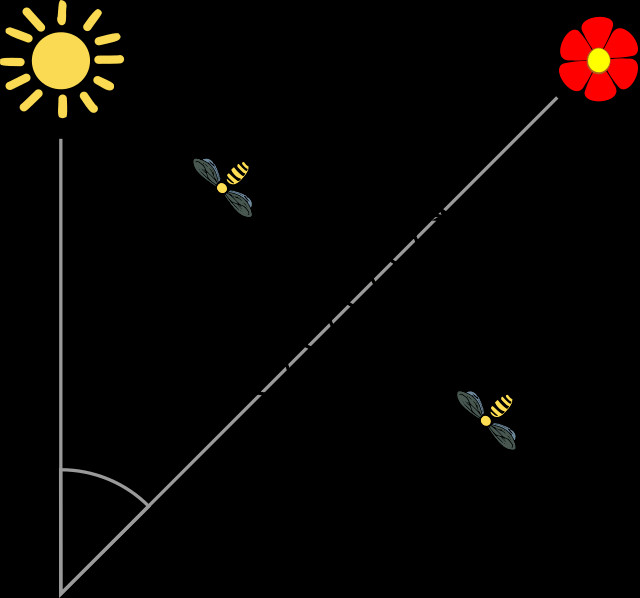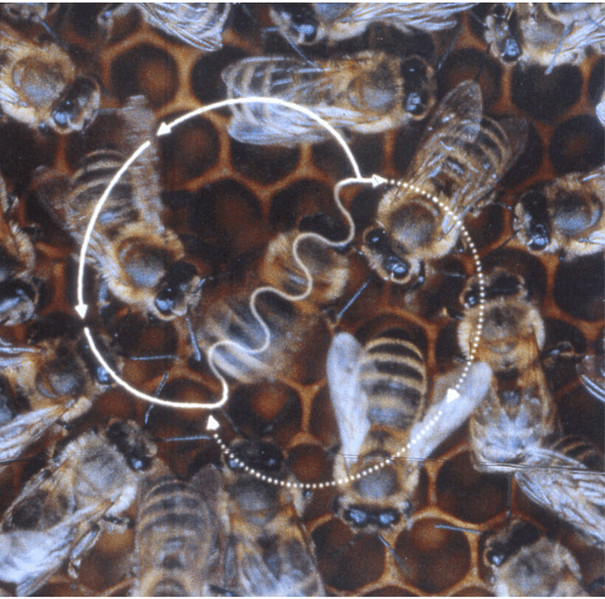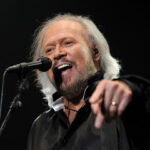Language is a fascinating aspect of the animal kingdom, and while humans often consider themselves the most advanced communicators, we may simply be overlooking the intricate ways other species convey messages. Often, animal communication occurs in forms too subtle for us to easily recognize. Honey bees, for example, utilize a sophisticated system of communication that includes pheromones, body language, and, most notably, dance. These dances are not just random movements; they are a complex language that allows bees to share vital information about their environment.
Within the fascinating world of bee communication, dance plays a pivotal role. Through specific movements, bees can communicate distance, the direction of resources, and even the availability of food sources to their hive mates. Let’s delve into the remarkable world of “Bees Dance” and explore three of the most intriguing dances of the honey bee: the Waggle Dance, the Tremble Dance, and the Round Dance.
 Golden Retriever dog barking in driveway, illustrating animal communication before discussing bees dance.
Golden Retriever dog barking in driveway, illustrating animal communication before discussing bees dance.
The Waggle Dance: Mapping Out Distant Treasures
The Waggle Dance is perhaps the most recognized “bees dance” among beekeepers and those interested in bee behavior. This intricate dance is performed in a figure-eight pattern. The bee moves in a circle to one side, then performs a straight “waggle run,” and circles back on the other side, completing the figure eight. Scientists, using sophisticated tracking technology, have meticulously studied this dance and discovered that the Waggle Dance is used to communicate the location of valuable food sources that are located further away from the hive. It’s a sophisticated map conveyed through movement, indicating both direction and distance.
The direction to a food source is encoded in the waggle run portion of the dance. Researchers have found that the angle of this waggle run, relative to the sun’s position, directly corresponds to the direction bees need to fly to find the food. Imagine the hive as the center of a compass, and the waggle run pointing towards the treat!
Furthermore, the distance to the food source is communicated through the duration and intensity of the waggle run. A longer waggle run, with more vigorous waggling, indicates a greater distance to the food. The more circles and vibrations, the further the delectable reward.
 Diagram of the Waggle Dance figure 8 pattern performed by a honey bee to communicate food source location.
Diagram of the Waggle Dance figure 8 pattern performed by a honey bee to communicate food source location.
The Waggle Dance is primarily employed when bees need to direct their hive mates to food sources that are located at a considerable distance from the hive, generally beyond 40 yards. For closer resources, bees utilize a different dance.
 Honey bee performing the Waggle Dance, showing body movements that indicate direction and distance of food.
Honey bee performing the Waggle Dance, showing body movements that indicate direction and distance of food.
The Round Dance: Announcing Nearby Bounty
In contrast to the Waggle Dance, the Round Dance is another form of “bees dance” used to communicate food sources, but specifically those located much closer to the hive, typically within 40 yards.
The Round Dance is characterized by its simplicity. Unlike the figure-eight pattern of the Waggle Dance, the Round Dance consists of a series of circular loops. The bee simply moves in a circle, periodically changing direction. Interestingly, it is believed that the Round Dance does not convey directional information like the Waggle Dance. It primarily signals that food is nearby, but doesn’t give precise directions.
A forager bee, upon returning to the hive with a load of nectar or pollen, will often perform the Round Dance after sharing her bounty with hive mates. It’s as if she’s excitedly announcing, “Dinner is served, and it’s just around the corner!” This dance encourages other bees to venture out and search in the immediate vicinity of the hive for similar resources.
The Tremble Dance: Signaling for Help at the Hive
The Tremble Dance is a less understood but equally fascinating “bees dance”. This dance can be quite lengthy, sometimes lasting up to 30 minutes. The bee performing the Tremble Dance shakes or trembles her body as she moves in a line across the honeycomb. Approximately every minute, she changes direction by about 45 degrees.
The Tremble Dance serves a different purpose than the Waggle and Round Dances. It’s not about food location, but rather about hive management. The Tremble Dance is used to communicate a need for more receiver bees at the hive entrance. Forager bees are constantly bringing back pollen and nectar, and upon arrival, they transfer these “groceries” to receiver bees waiting at the hive entrance.
When the influx of forager bees becomes too high for the current number of receiver bees to manage efficiently, a bee will perform the Tremble Dance. This dance essentially signals, “We need more help unloading!” Upon witnessing the Tremble Dance, other bees will cease their current tasks and move to the hive entrance to assist in processing the incoming foragers and their collected resources.
The Language of Bees Dance: A Marvel of Nature
The dances of the honey bee are a testament to the sophisticated communication systems that exist in the natural world. These “bees dance” are not mere random movements; they are a complex language that allows these incredible insects to thrive as a colony. From mapping distant food sources with the Waggle Dance to announcing nearby finds with the Round Dance and calling for assistance with the Tremble Dance, bees have evolved a remarkable way to share vital information for the benefit of their entire hive. Understanding these dances provides us with a deeper appreciation for the intelligence and complexity of these essential pollinators.


